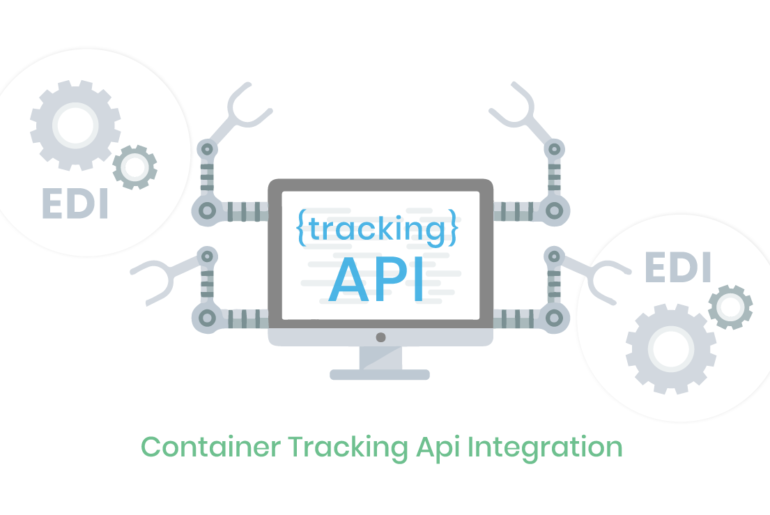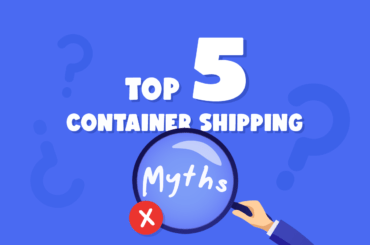What is EDI?
EDI (Electronic Data Exchange) is known as a technological infrastructure designed to perform all the information flows in the business workflows safely and quickly. This technology, which came up in the 1990s, is also an essential element of the shipping industry. However, with the advent of digitalization and cloud technology, the disadvantages of this system have become more evident.
EDI is committed to standards in inter-institutional technological integration; ANSI, EDIFACT, and ebXML. There are also three different sub-versions of each of these standards. Although this increases the variety of standards, it creates problems, especially for small and medium-sized companies. While working with large firms, small firms that are trying to meet their standards cannot do this effectively. Electronic Data Exchange is also unable to meet the needs of supply chain visibility, one of the most important and critical concepts of recent times.
What is API?
API (Application Programming Interface) is defined as the interface provided by the application that shares the capabilities of an application so that it can be used in another application. API is a technology that has come up in the last decade. The shipping and logistics sector has just begun to meet. In March 2019, the Journal of Commerce (JOC), one of the leading industry magazines, emphasized the importance of API for the shipping industry.
A more agile technology than EDI, the API quickly and reliably shares data on your system with another system. A technology company that provides container tracking services shares the API code with a foreign trade or freight forwarder company to do the follow-up on an ERP system. The company places this API code in its system in a short time (maybe minutes) and completes the installation. Then, as the company queries, the company can connect to the network of the container tracking platform and update the container status instantly.
ShipsGo supplies API service for its BCO and freight forwarder companies. For Example, SASA uses ShipsGo services both in inbound (import) and outbound (export) logistics activities. After the integration of ShipsGo with SASA’s SAP-ERP system, the company can collect information from ShipsGo system concerning the location of containers and ETA about the related POL/POD port. SASA IT Team developed customized reports and alerts concerning the expectations of logistics/transport departments by the help of the data supported by the ShipsGo. If you want to learn more, click and read the story.




